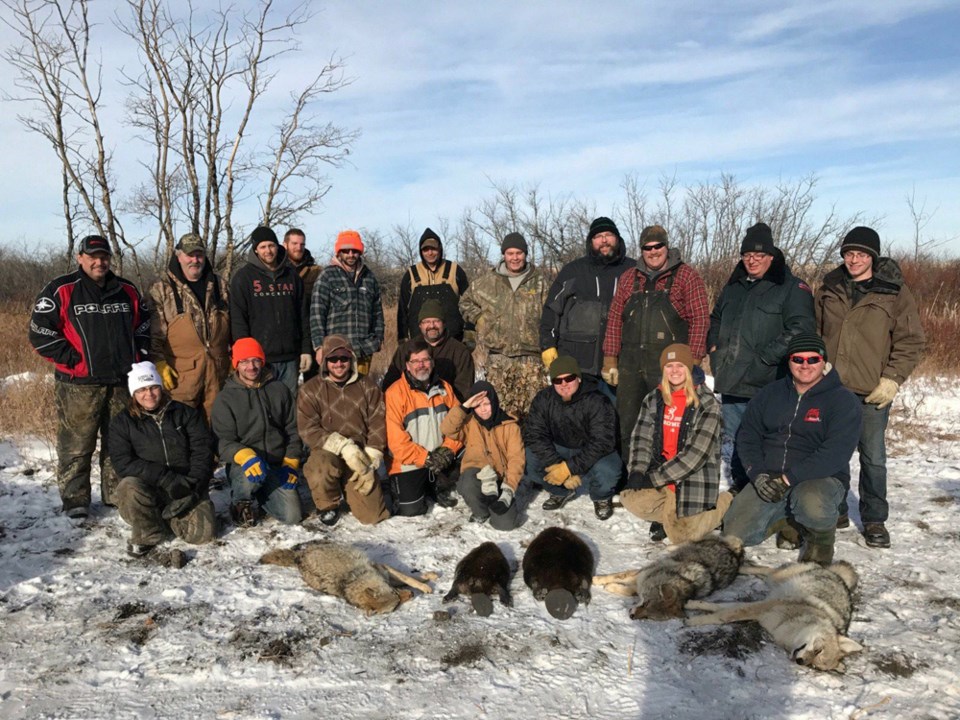The Canadian and Saskatchewan governments have announced recent changes to the Beaver Control Program under the Canadian Agricultural Partnership and the Pest Biosecurity Program.
Under the new change to the act, only licensed trappers can collect the bounty on beaver tails brought into RM offices as a way to “focus on humane removal of beavers,” according to a Saskatchewan government press release.
This is a change that the Saskatchewan Trappers Association (STA) have been pushing for, for a long time, says Ryan Demchynski, STA media relations coordinator.
The Saskatchewan government, along with Saskatchewan Association of Rural Municipalities (SARM), announced up to $450,000 per year in funding in a May 8 press release.
Demchynski was at meetings with the Saskatchewan government, and SARM present as one of the stakeholders, he said, and this was one of many recommendations from the STA.
“Beavers are and remain a furbearing animal important to the fur trade. Trappers are much more efficient and ethical at harvesting beavers and should be the only group allowed to,” he said.
Because of the high cost of labour and low cost of return on beavers, many trappers were not trapping beaver, he says.
Part of STA’s mandate is to educate trappers in the most humane and up to date methods of harvest, he says.
Being trained by the STA gives new trappers the best trapping education. After students take the trapping course, they are well versed in all the trapping laws and regulations, know the best methods, and most importantly, follow the most humane methods to sustainably harvest fur.
“The STA and the trapping course show students how to make the most use of the beaver rather than to just cut the tail off to collect bounty. All parts of the beaver are utilized.”
RM of Humboldt Reeve, Larry Ries, says they will be once again participating in the Beaver Control Program because beavers are a problem in the area.
The RM of Humboldt reported 105 beaver tails brought into the office in 2017. The office pays out $30 per tail with half of the pay out reimbursed by the Saskatchewan government.



